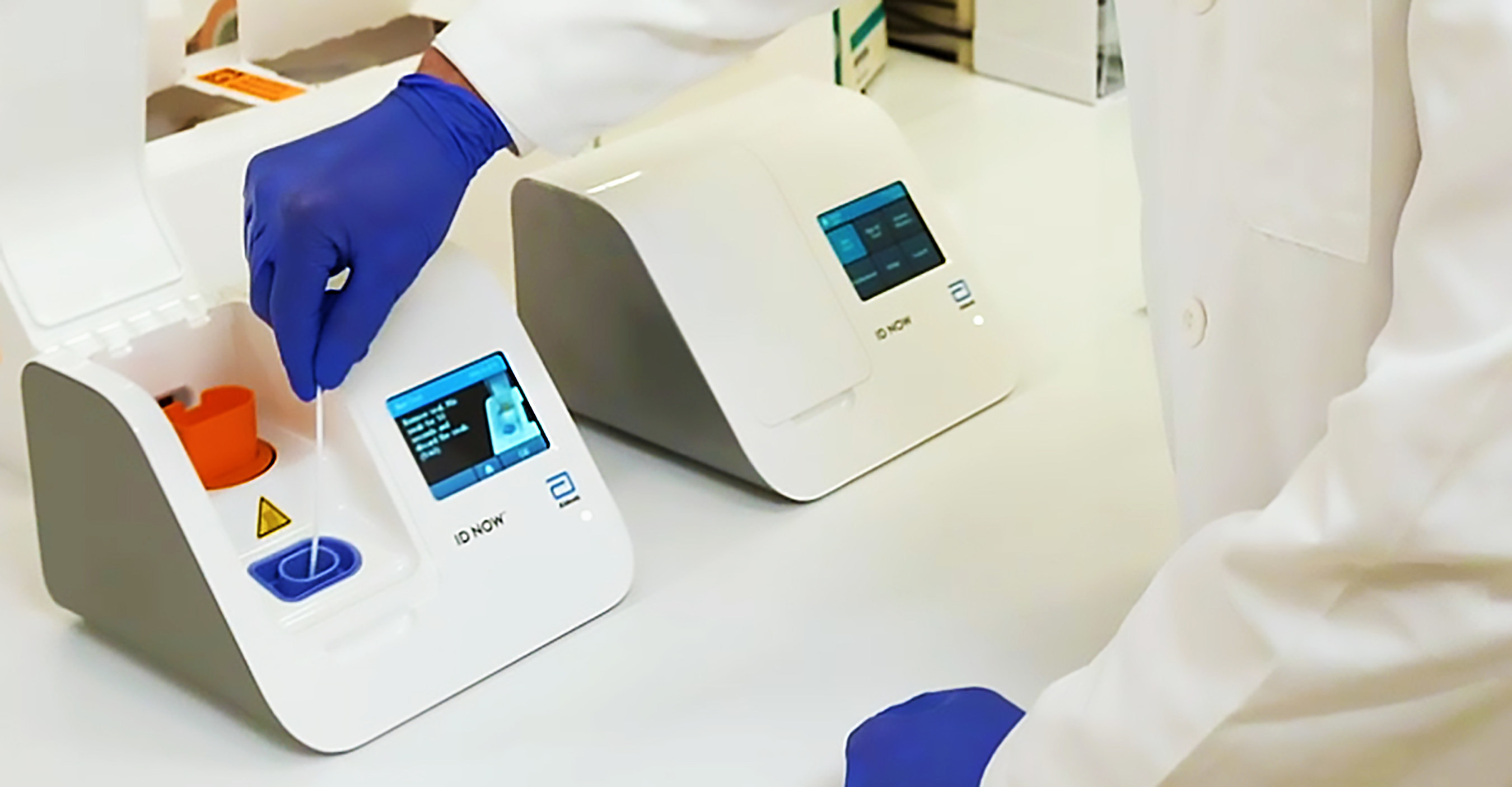Lateral Flow Assay for Bluetongue Virus in Sheep
The lateral flow assay (LFA) represents a cornerstone technology in point-of-care diagnostics, particularly within the realm of veterinary medicine. This diagnostic tool is designed to provide rapid and accurate results at the patient's bedside or in field settings, making it an invaluable asset for monitoring animal health.
Bluetongue virus (BTV), a significant pathogen affecting sheep, cattle, and other ruminants, poses substantial economic risks through its ability to cause reproductive failure, lameness, and even death. Traditional diagnostic methods, such as ELISA or PCR, are reliable but require specialized equipment and personnel, often necessitating samples to be sent to central laboratories for analysis. This can lead to delays in diagnosis and treatment.
The LFA overcomes these limitations by offering a simple, portable, and user-friendly testing method that can provide results within minutes. The assay relies on the principle of lateral flow, where antibodies specific to BTV are immobilized on a membrane strip. When a sample containing BTV antigens is applied, it migrates through the strip, interacting with the immobilized antibodies. Positive samples result in a visible line or band, indicating the presence of the virus.
For sheep, this method allows for immediate identification of infected animals, facilitating swift quarantine measures and treatment to prevent further spread. The simplicity of LFA also makes it accessible to less experienced operators, enhancing its utility in remote areas with limited resources.
The development of a reliable lateral flow assay for BTV is critical not only for livestock health but also for public health, as sheep serve as vectors for the Culicoides biting midges that transmit BTV. The World Organization for Animal Health (OIE) recommends rapid diagnostic methods like LFA to support effective disease surveillance and control.
Given its ease of use and rapid results, the lateral flow assay has been adopted widely in clinical veterinary settings. It is particularly beneficial in regions where resources are limited, ensuring that even small-scale farms can access accurate diagnostics promptly.
Industry Applications
The lateral flow assay for BTV finds application across various sectors within the healthcare and agricultural industries. In clinical veterinary practices, it supports early detection of BTV to initiate timely treatment and prevent the spread of the virus among herds.
- Veterinary Clinics: Provides rapid identification of infected sheep for immediate quarantine and treatment.
- Farm Management: Assists in monitoring flock health, identifying potential outbreaks early.
- Public Health: Helps in controlling the spread of BTV to protect human and animal health.
The assay’s portability and ease of use make it suitable for both large-scale commercial farms and smallholder operations. This versatility ensures that resources are allocated efficiently, optimizing the management of livestock diseases.
In research settings, LFA can be used to validate new vaccines or assess the efficacy of existing treatments by monitoring the presence and clearance of BTV in infected animals.
International Acceptance and Recognition
The lateral flow assay for Bluetongue virus has garnered significant international recognition, aligning with global standards set by organizations like the World Organization for Animal Health (OIE) and the European Union (EU).
The OIE recommends the use of rapid diagnostic tests such as LFA to support effective surveillance programs. This endorsement underscores the assay’s reliability in providing accurate results promptly. The EU also recognizes these assays, integrating them into their framework for livestock health monitoring.
Compliance with international standards ensures that test results are universally accepted across borders, facilitating the movement of animals and products between countries without unnecessary delays or restrictions.
The widespread acceptance of LFA for BTV in sheep is not only a testament to its performance but also reflects the growing demand for diagnostic tools that meet stringent quality control measures. Laboratories adhering to these standards can enhance their credibility and reputation, thereby attracting more clients seeking reliable veterinary diagnostics.
Competitive Advantage and Market Impact
The lateral flow assay for BTV offers several competitive advantages in the market:
- Rapid Results: Provides results within minutes, enabling swift action.
- Ease of Use: Simple to operate without specialized training, suitable for field conditions.
- Cost-Effective: Lower operational costs compared to traditional diagnostic methods requiring expensive equipment and personnel.
- Precision: High accuracy rates comparable to more complex laboratory tests.
These advantages translate into a significant market impact, particularly in regions where access to advanced diagnostics is limited. The assay’s portability and robust performance make it an attractive option for both established laboratories and emerging markets.
The growing demand for rapid diagnostic solutions has fueled the development of various LFA platforms targeting different pathogens. However, maintaining high precision while ensuring ease of use remains a challenge that continues to drive innovation in this field.





